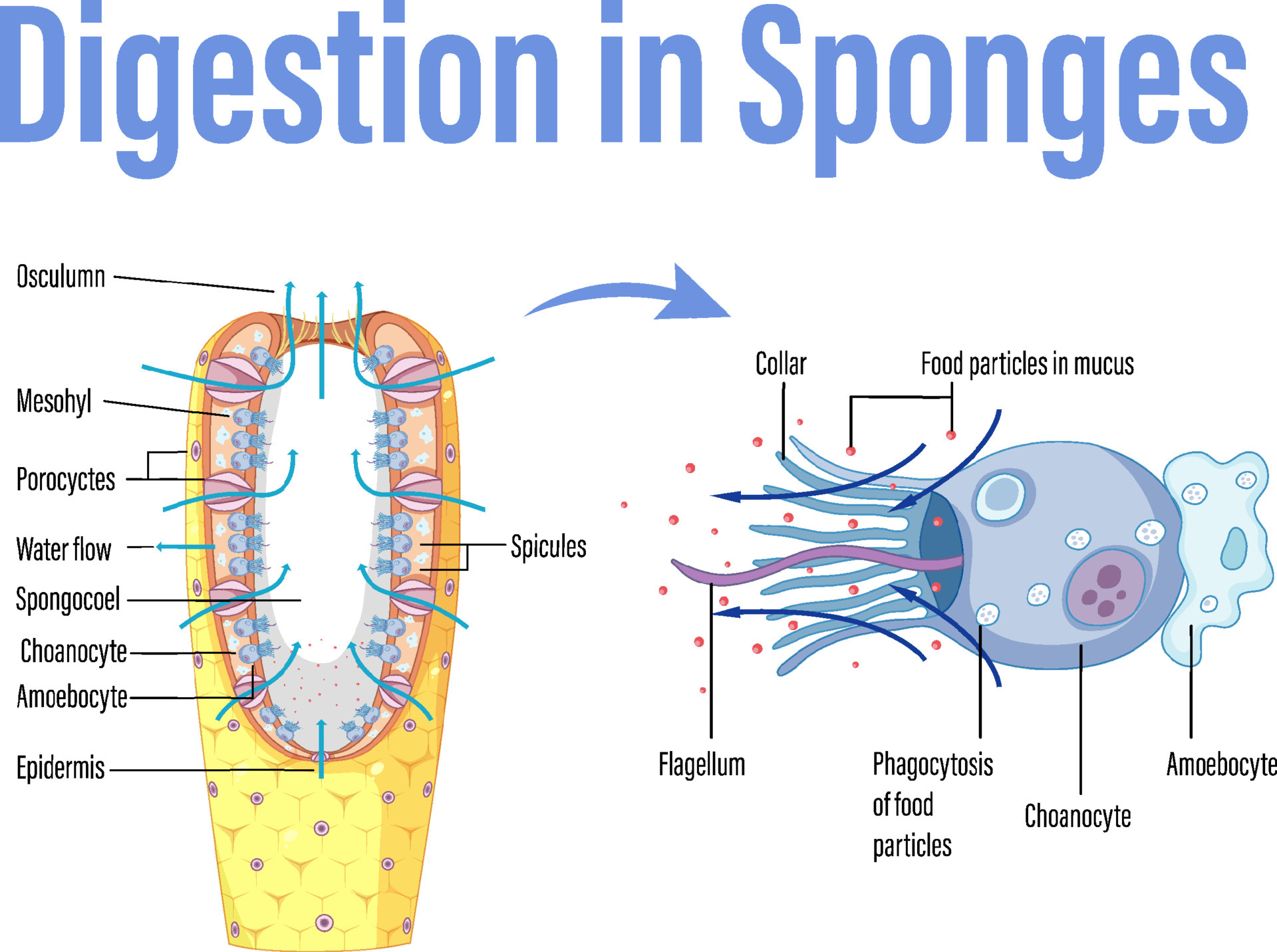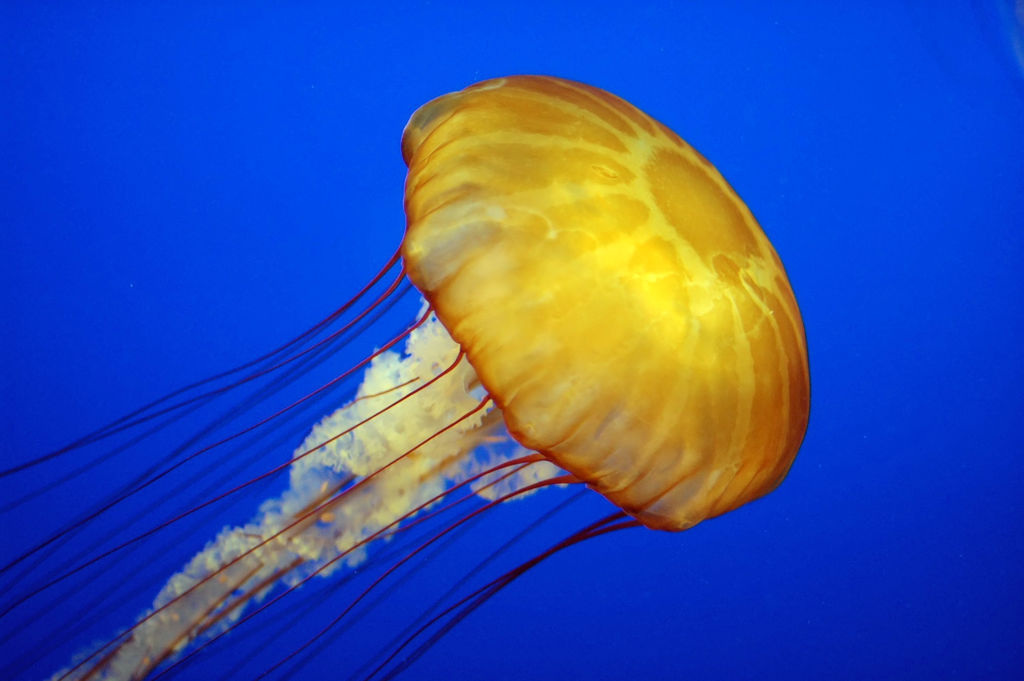What System Do The Cnidaria Have That Sponges Lack
What System Do The Cnidaria Have That Sponges Lack - Lacking a true digestive system, sponges depend on the intracellular digestive processes of their choanocytes for their energy intake. Compare and contrast the nervous system of sponges, cnidarians, and flatworms. Their food is trapped as water passes through the ostia and out. Sponges lack complex digestive, respiratory, circulatory, and nervous systems.
Lacking a true digestive system, sponges depend on the intracellular digestive processes of their choanocytes for their energy intake. Their food is trapped as water passes through the ostia and out. Sponges lack complex digestive, respiratory, circulatory, and nervous systems. Compare and contrast the nervous system of sponges, cnidarians, and flatworms.
Sponges lack complex digestive, respiratory, circulatory, and nervous systems. Their food is trapped as water passes through the ostia and out. Compare and contrast the nervous system of sponges, cnidarians, and flatworms. Lacking a true digestive system, sponges depend on the intracellular digestive processes of their choanocytes for their energy intake.
Cnidaria Definition, Respiratory System & Examples Lesson
Lacking a true digestive system, sponges depend on the intracellular digestive processes of their choanocytes for their energy intake. Sponges lack complex digestive, respiratory, circulatory, and nervous systems. Their food is trapped as water passes through the ostia and out. Compare and contrast the nervous system of sponges, cnidarians, and flatworms.
11.9 Cnidarios LibreTexts Español
Lacking a true digestive system, sponges depend on the intracellular digestive processes of their choanocytes for their energy intake. Compare and contrast the nervous system of sponges, cnidarians, and flatworms. Their food is trapped as water passes through the ostia and out. Sponges lack complex digestive, respiratory, circulatory, and nervous systems.
Bio//phylum cnidaria Diagram Quizlet
Lacking a true digestive system, sponges depend on the intracellular digestive processes of their choanocytes for their energy intake. Sponges lack complex digestive, respiratory, circulatory, and nervous systems. Their food is trapped as water passes through the ostia and out. Compare and contrast the nervous system of sponges, cnidarians, and flatworms.
Diagram showing digestion in sponges 6094412 Vector Art at Vecteezy
Sponges lack complex digestive, respiratory, circulatory, and nervous systems. Their food is trapped as water passes through the ostia and out. Lacking a true digestive system, sponges depend on the intracellular digestive processes of their choanocytes for their energy intake. Compare and contrast the nervous system of sponges, cnidarians, and flatworms.
Section 3 Sponges, Cnidarians, & Worms Nitty Gritty Science
Their food is trapped as water passes through the ostia and out. Sponges lack complex digestive, respiratory, circulatory, and nervous systems. Lacking a true digestive system, sponges depend on the intracellular digestive processes of their choanocytes for their energy intake. Compare and contrast the nervous system of sponges, cnidarians, and flatworms.
Cnidaria Animal Phylums
Their food is trapped as water passes through the ostia and out. Compare and contrast the nervous system of sponges, cnidarians, and flatworms. Sponges lack complex digestive, respiratory, circulatory, and nervous systems. Lacking a true digestive system, sponges depend on the intracellular digestive processes of their choanocytes for their energy intake.
Question Video Recalling the Charateristics of Phylum Cnidaria Nagwa
Lacking a true digestive system, sponges depend on the intracellular digestive processes of their choanocytes for their energy intake. Sponges lack complex digestive, respiratory, circulatory, and nervous systems. Compare and contrast the nervous system of sponges, cnidarians, and flatworms. Their food is trapped as water passes through the ostia and out.
Do Cnidaria Have Jointed Appendages? Best 28 Answer
Sponges lack complex digestive, respiratory, circulatory, and nervous systems. Their food is trapped as water passes through the ostia and out. Compare and contrast the nervous system of sponges, cnidarians, and flatworms. Lacking a true digestive system, sponges depend on the intracellular digestive processes of their choanocytes for their energy intake.
How many germ layers do Cnidaria have? YouTube
Their food is trapped as water passes through the ostia and out. Compare and contrast the nervous system of sponges, cnidarians, and flatworms. Lacking a true digestive system, sponges depend on the intracellular digestive processes of their choanocytes for their energy intake. Sponges lack complex digestive, respiratory, circulatory, and nervous systems.
Do Sponges Have Tissue Layers? 28 Most Correct Answers
Sponges lack complex digestive, respiratory, circulatory, and nervous systems. Lacking a true digestive system, sponges depend on the intracellular digestive processes of their choanocytes for their energy intake. Their food is trapped as water passes through the ostia and out. Compare and contrast the nervous system of sponges, cnidarians, and flatworms.
Their Food Is Trapped As Water Passes Through The Ostia And Out.
Compare and contrast the nervous system of sponges, cnidarians, and flatworms. Lacking a true digestive system, sponges depend on the intracellular digestive processes of their choanocytes for their energy intake. Sponges lack complex digestive, respiratory, circulatory, and nervous systems.









